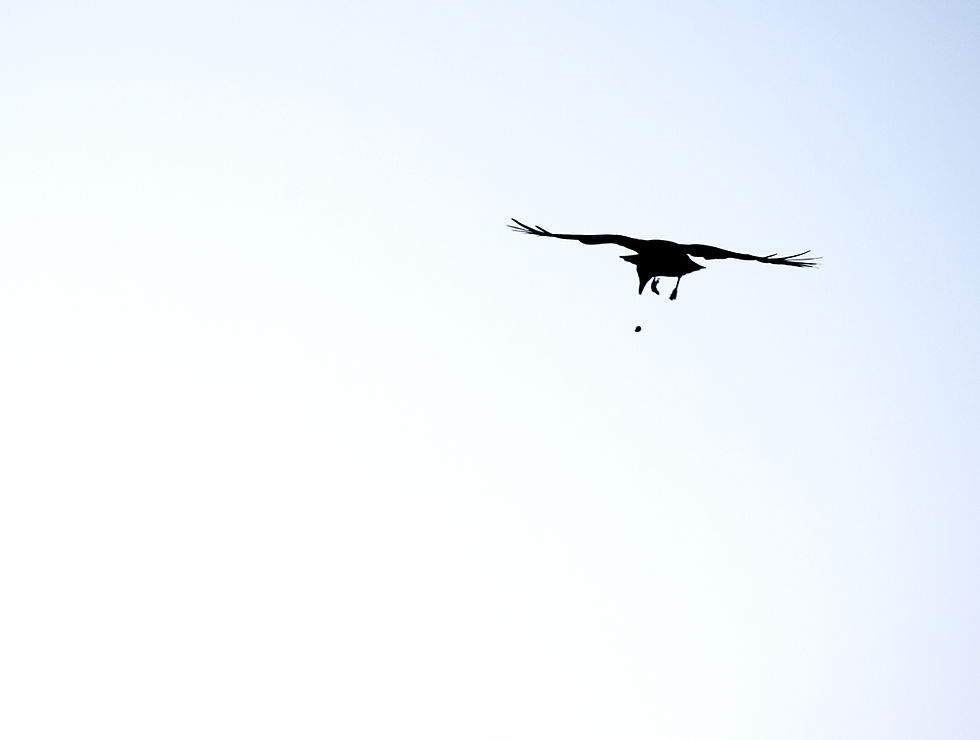Why Winter is great for Nature Photography
- Anna Kenny

- Jan 1
- 2 min read
Blehhhh January again... Everyone's favourite month, right?
31 days of long nights, short days, wind, wet and cold. Sounds pretty grim.
However, weather you like it or not (excuse the pun!), Winter is still a great month for getting outdoors and photography. Here are some motivational reasons why the Winter months are still great for nature photography. Hopefully this list helps find the motivation you need to get out of the house and start being creative in nature.
Mood lighting
Misty landscape shots can create mysterious, still and moody scenes. Mist can hang around all day in some places creating interesting effects. A flat light can create a lower contrast compared to when its fully illuminated.

*Golden hour *

Alternatively, you can enjoy the crisp, cold days when there is no cloud and the sun is low in the sky. The sunrise and sunset is later/earlier so you can take advantage of the long "golden hour" without having to loose sleep like you would in Summer. This type of light makes everything light up and illuminate in natural gold colours which can contrast against bright blue skies. Subjects can become lit up, contrasting against long shadows in a way that is different to a Summer's day when the sun is much brighter.
Document the seasonal changes
Seasons make life more interesting and Winter is still essential for natural ecosystem cycles. Landscapes look completely different in Winter and this is part of their story, which we as photographers have the privilege of documenting.

Winter Wildlife
Winter is an opportunity to photograph migratory species, particularly birds which arrive in the UK. Garden birds will come to bird feeders more when food sources are lower. Snazzy looking fungi will also pop up over the Winter.


Get cosy for photo editing!
Now you have faced the elements, its time to wrap up in a blanket with a tea and look through your photos on the computer. Enjoy seeing the photos from your time battling the outdoor elements feels even more rewarding.
Extra tips for photographing in the winter
Wear waterproofs, bring a flask of hot water, food and look after yourself outside.
Take care of your kit! Use a Waterproof backpack for your camera gear and waterproof pouches for electronics.
Spare cloth in case your camera gets wet.
Find a sheltered spot outdoors for photographing eg. bird hides, trees.
Ensure all kit that has been exposed to moisture gets dried immediately. Leave in a warm, dry place for a good few hours to let any potential damp escape.





Comments